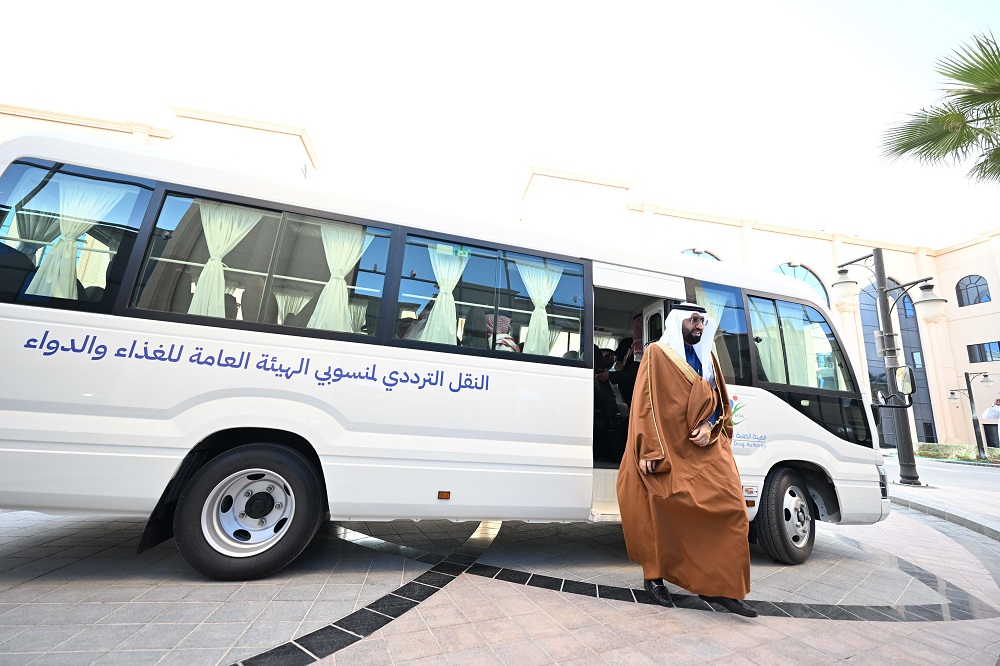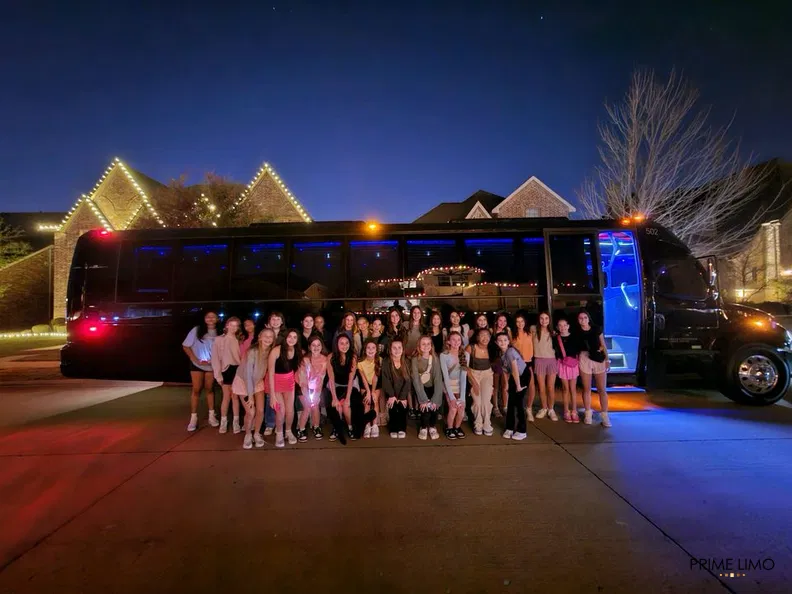Here are 10 great ideas for planning the routes and covering of the employee shuttle service:
1. Employees Need to Understand the Situation
Use focus groups or surveys to discover where employees live or work, whether they prefer shuttles, and any particular needs (like accessibility demands). This information is crucial in determining routes that will maximize the level of satisfaction and involvement.
2. Examine traffic patterns
Find out about patterns of traffic and peak hours within the vicinity of your company. Utilize tools like Google Maps traffic data to identify congested routes and avoid them during shuttle times. This will decrease the number of delays, and help make sure that your ride is smoother.
3. Utilize Technology
Implement software for route planning which optimizes routes based on actual-time information on traffic patterns and schedules of employees. Shuttle service apps help you adjust routes dynamically to ensure that the service runs as efficiently as possible.
4. Establish Strategic Pickup Points
Pick centrally located locations to pick up employees that are easily accessible by the majority of the employees. To maximize coverage, consider areas near major intersections, public transportation hubs, and residential zones.
5. Create a flexible schedule
Create a shuttle system that is flexible enough to meet the various work times of employees. The availability of shuttles during peak hours of departure and arrival, and also off-peak hours, will improve participation and cater to various shifts.
6. Implement a Feedback Loop
Encourage your employees and customers to provide feedback regarding shuttle services. Utilize this feedback to adjust routes, schedules, or pickup points. Regularly reassessing satisfaction with employees can help ensure that you provide services that meet their needs.
7. Analyze and monitor data usage
Track the usage of shuttles and determine routes which are most popular. Analyzing this data can help in making educated decisions on how to put resources and how to improve the quality of service offered.
8. Encourage Ridesharing and Carpooling
Encourage employees to utilize the carpooling option in conjunction with shuttle service. It could reduce the number of shuttles needed and increase flexibility. Ridesharing apps that allow riders to ride together may lower the cost of transportation.
9. Consider Environmental Impact
Shuttles that are energy efficient could be used to create routes with minimal carbon emissions. Encourage the use of electric or hybrid vehicles as part of your shuttle service. This can not only help your sustainability goals, but it can also resonate with employees who appreciate environmentally-friendly practices.
10. Check for that you are in good health and Compliance
You must ensure that you comply with all safety and legal regulations. Regularly scheduled maintenance of vehicles, driver training and certification of drivers, and insurance coverage are all part of this. In the planning of transportation, safety should be the first priority.
These strategies can help you to design an employee shuttle system which are efficient and effective. It will also ensure security and the best utilization of resources. Read the most popular source on employee transportation for website info including executive transportation, airport airport shuttle, cheapest transport, bus airport shuttle, airport shuttle from airport, private car service near me, access transport, service shuttle, los angeles airport transfers, car service to and from airport and more.

Top Tips For Route Planning And The Effectiveness Of A Business Transportation Service
Here are 10 ways to improve the planning of routes and efficiency a corporate event transport service.
1. Analyze Attendee Locations
Gather information on the whereabouts of attendees. This can be done by registering, or sending RSVPs which contain the location of the attendees or their addresses. It is essential to determine the geographic spread of attendees to plan routes that are efficient and minimize travel time.
2. Utilize Route Optimization Software
The use of software for route optimization can assist in determining the most effective routes by analyzing traffic patterns, road conditions and other factors. These software tools let you discover the fastest routes and avoid congestion-prone areas. They also offer alternative routes if needed. Utilizing technology to plan routes increases the overall efficiency.
3. Plan to prepare Peak Traffic Times
Make sure you plan your travel plans around peak traffic periods. Analyze the historical data of traffic patterns to determine the times of congestion most likely to occur within the vicinity of the venue. Adjust shuttle scheduling to avoid delays. Attendees will arrive on time, without having to wait around.
4. Establish Multiple Pickup Points
To enhance convenience and reduce travel time, establish multiple pickup points depending on the location of attendees. There are a variety of hotels, popular places to gather, or public transportation hubs. By providing a variety of pick-up points can reduce the time spent traveling.
5. How to create a Comprehensive Transport Schedule
Prepare a thorough schedule for transport that includes time of departure and arrival as well estimated travel time for each route. The schedule should be distributed prior to the event to all participants to make sure they know of when their shuttles will arrive. It is crucial to have an organized schedule to ensure that transportation services run smoothly and reduces confusion.
6. Incorporate Buffer Times
Include buffer times in your travel schedule to account for unexpected delays, like weather or traffic congestion. By adding extra time between pickups and drops offs it reduces the chance of people missing crucial parts of the event due to transportation issues.
7. Watch real-time traffic updates
When the day approaches for the event, make use of real-time monitoring tools to automatically modify routes. The ability to change the route of shuttles if a route is being flooded with traffic will make sure that guests arrive at their destination on time.
8. Nominating a transportation coordinator
Designate a designated transportation coordinator, who is responsible for overseeing the shuttle service during the event. The person in charge will oversee the logistics and will communicate in real time with drivers and handle any issues that may occur. A designated individual can assure the efficient and smooth running of transportation.
9. Communicate with attendees
Keep attendees informed about their options for transportation, such as shuttle schedules, pick-up points, and any changes that could occur. You can communicate better by using mobile apps or printed materials. You can also send messages via SMS.
10. After the Event, Gather Comments
After the event you should have attendees share their thoughts about their transport experience. Ask questions about the speed and efficiency in the shuttles as well being satisfied overall. This feedback can be used to identify the strengths and weaknesses of the transportation plan.
These tips can help companies create efficient routes and improve the effectiveness of their transportation for corporate events. The proper planning of routes will ensure that guests arrive on time but helps to create a positive atmosphere that is positive for the company that is hosting the event. Effective transportation will have a huge impact on the success of corporate events. Careful planning is therefore vital. Have a look at the recommended event transportation for more recommendations including reliable transportation, global logistics, transport manager job, transportation management system, coach transportation, logistics transportation services, vehicle transport service, best transport, transport manager job, global logistics co and more.
